Junkyard Find: 1981 Toyota Corona Wagon

Because my very first car was a 50-buck ’69 Corona sedan in dazzling beige, I always photograph Coronas when I see them in wrecking yards. Sadly, Toyota stopped selling the Corona in North America in 1982, which means that I might see one every couple of years these days. Here’s a luxurious, fully loaded 1981 Toyota Corona wagon in a Denver self-service yard.
The front-wheel-drive Camry replaced the rear-wheel-drive Corona in North America, while Corona production continued all the way through 2002 in Japan (where it was something of a status symbol).
This car doesn’t have a stratospheric odometer reading for a Toyota of its era, but it also doesn’t appear to have spent decades abandoned in a driveway. If it spent its 38 years in uninterrupted service, it drove an average of just under 4,500 miles per year during its life.
Power came from the same engine that powered Hiluxes and Land Cruisers in war zones around the world: the legendary 22R straight-four. The 22R was neither smooth nor powerful, but you couldn’t kill it. I shot this photograph with a 1913 Kodak Hawk-Eye camera, by the way.
Most U.S.-market Coronas came with manual transmissions (because Corona buyers cared about fuel economy), but this one boasts an overdrive-equipped automatic.
Air conditioning! The radio is an aftermarket unit, but I’ll bet the original one was the pricey AM/FM stereo.
The sun is hard on car upholstery in Colorado, so the owner of this Corona repaired the driver’s seat with duct tape.
From a distance, the paint appears to be gray primer. Up close, you can see that it’s just very weathered factory gray paint. Toyota left the frivolous paint colors to Mitsubishi and Subaru back then.
A 22R-powered rear-wheel-drive Toyota would be a good vehicle to have during a zombie apocalypse.
Toyota had just about given up on marketing the Corona in North America by the early 1980s, but Australians still loved their Coronas.
Here’s a U.S.-market ad for the previous-generation Corona wagon, powered by the 20R engine. Such jocularity!
If you like these junkyard posts, you can reach all 1600+ right here at the Junkyard Home of the Murilee Martin Lifestyle Brand!

Murilee Martin is the pen name of Phil Greden, a writer who has lived in Minnesota, California, Georgia and (now) Colorado. He has toiled at copywriting, technical writing, junkmail writing, fiction writing and now automotive writing. He has owned many terrible vehicles and some good ones. He spends a great deal of time in self-service junkyards. These days, he writes for publications including Autoweek, Autoblog, Hagerty, The Truth About Cars and Capital One.
More by Murilee Martin
Latest Car Reviews
Read moreLatest Product Reviews
Read moreRecent Comments
- Corey Lewis It's not competitive against others in the class, as my review discussed. https://www.thetruthaboutcars.com/cars/chevrolet/rental-review-the-2023-chevrolet-malibu-last-domestic-midsize-standing-44502760
- Turbo Is Black Magic My wife had one of these back in 06, did a ton of work to it… supercharger, full exhaust, full suspension.. it was a blast to drive even though it was still hilariously slow. Great for drive in nights, open the hatch fold the seats flat and just relax.Also this thing is a great example of how far we have come in crash safety even since just 2005… go look at these old crash tests now and I cringe at what a modern electric tank would do to this thing.
- MaintenanceCosts Whenever the topic of the xB comes up…Me: "The style is fun. The combination of the box shape and the aggressive detailing is very JDM."Wife: "Those are ghetto."Me: "They're smaller than a Corolla outside and have the space of a RAV4 inside."Wife: "Those are ghetto."Me: "They're kind of fun to drive with a stick."Wife: "Those are ghetto."It's one of a few cars (including its fellow box, the Ford Flex) on which we will just never see eye to eye.
- Oberkanone The alternative is a more expensive SUV. Yes, it will be missed.
- Ajla I did like this one.

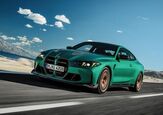

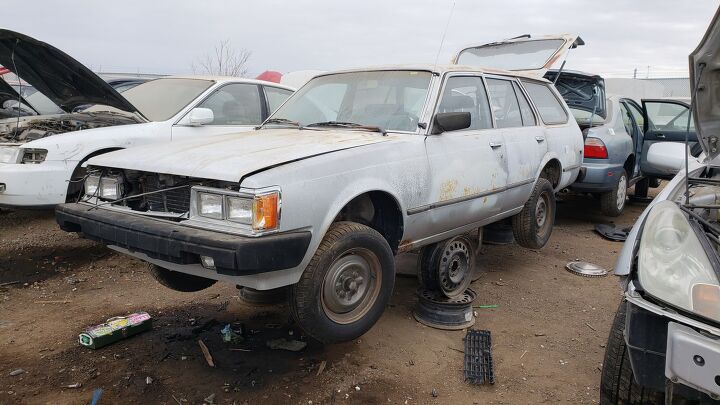








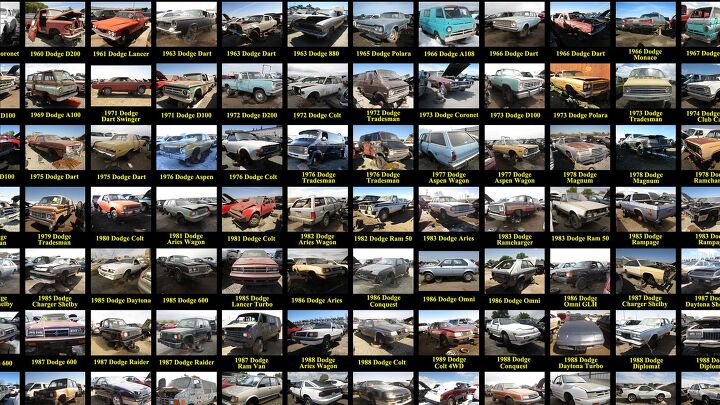





















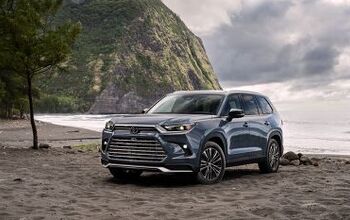
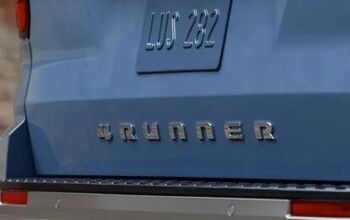
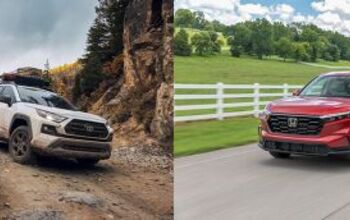
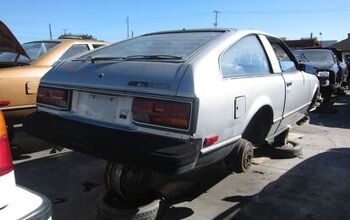
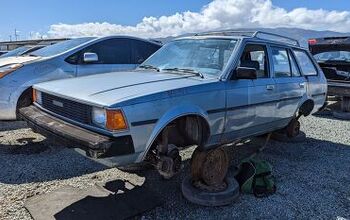
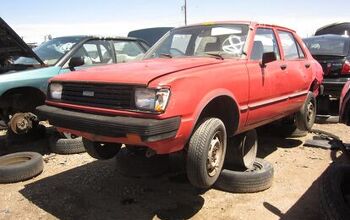
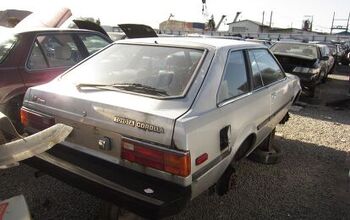
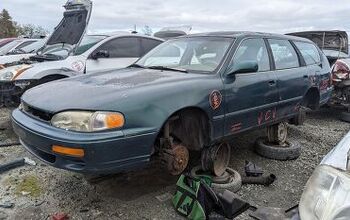

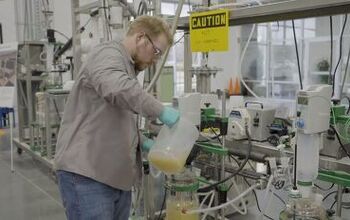

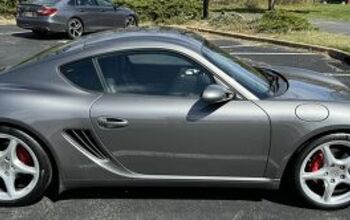
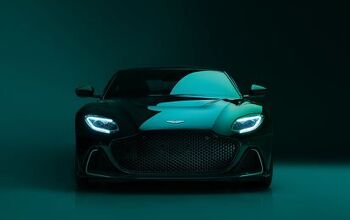
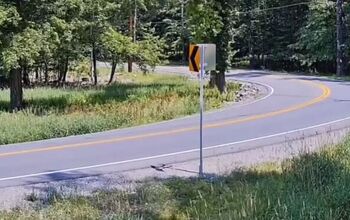
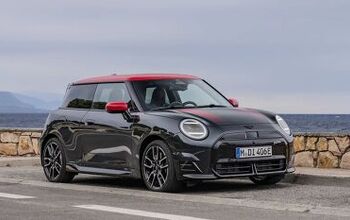
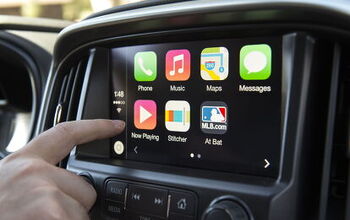
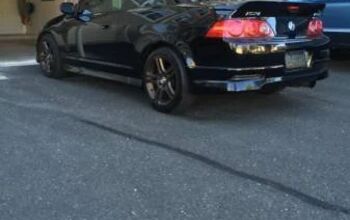
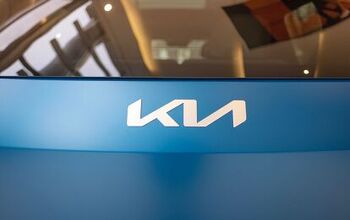
Comments
Join the conversation
Zombie Apocalypse is real - take a cruise through a cubicle farm.
We have a beautiful 1981 Corona Hatchback that belonged to my father. My mother has been trying to sell it for over two yrs but sadly here in CT, USA not many people know about Coronas.